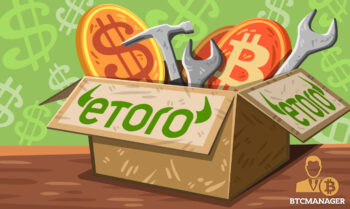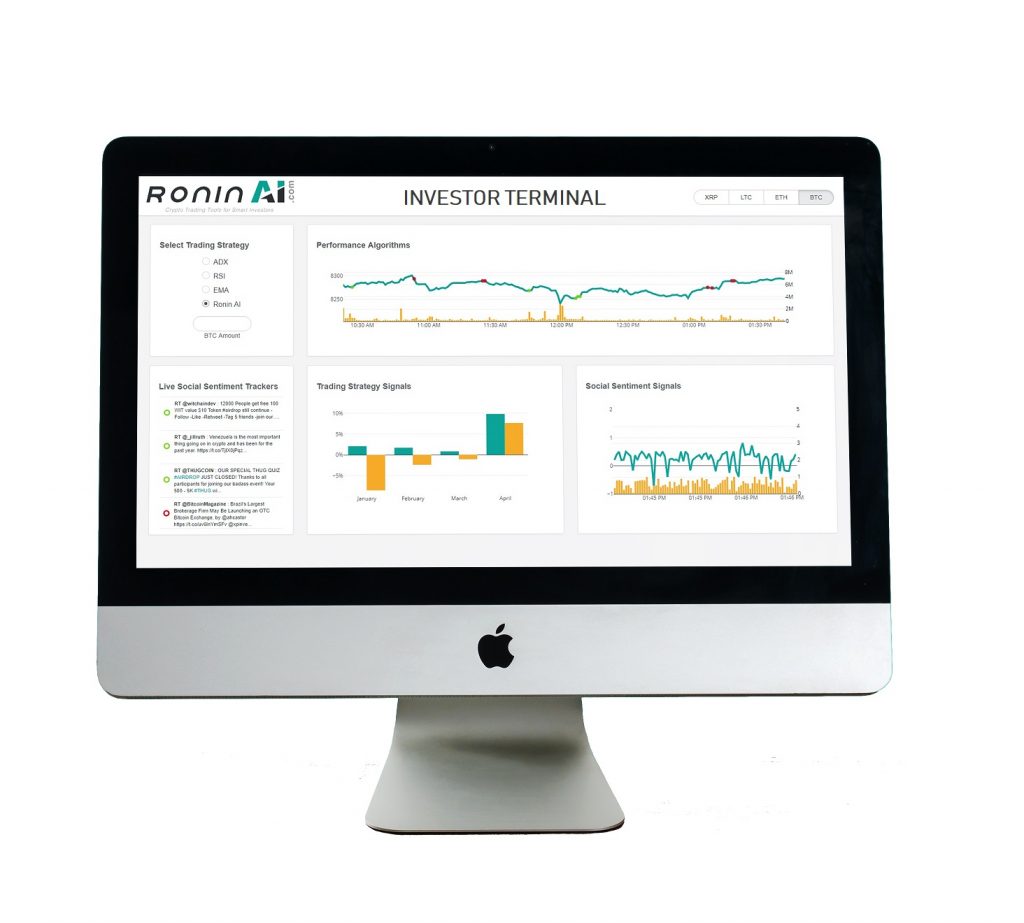2018-8-23 01:00 |
Exchanges are the backbone of the cryptocurrency ecosystem. Yet, though they allow anyone to invest in and trade currencies, there are even more advanced tools that provide enthusiasts with a wider range of opportunities to optimize their investment activity. And, while there are many cryptocurrency enthusiasts, there is scarce understanding of which tools to use and why. Here are a few features of various platforms, highlighting the different ways in which traders can pursue the returns they want.
The Pursuit of Big Profits
Cryptocurrencies present traders with an opportunity to make huge profits. Easy access to a multitude of crypto exchanges has made this nascent market accessible to anyone. Yet the downside is as ever-present as the upside. The very nature of cryptocurrency as an industry makes for a highly volatile trading environment that few traders feel equipped to take advantage of. Traders in this space will continue to require innovative and advanced crypto trading tools to help them navigate an impossibly fragmented landscape by consolidating order books, providing market access and sophisticated trading algorithms, with blazing fast speeds, across the entire global universe of crypto exchanges – which number in the tens if not hundreds.
The relationship between exchanges and users is antagonistic: the former charge the latter fees to make profits, as well as determine what these fees are. This requires professionals in the cryptocurrency landscape to have access to tools which mitigate or reverse this relationship. Trading tools do this by either allowing crypto investment professionals to make outsized returns, diminishing fee burdens, or by creating environments that allow them to pursue profits from investment in their own coins only, eliminating fees altogether. The large majority of crypto trading tools fall into three categories: 1) tools that allow people to buy/sell cryptocurrencies against one another or for fiat currency, 2) tools that help finance professionals duplicate existing trading mechanisms in the traditional equities markets, and 3) tools that allow entire companies to list coins for trade in controlled environments.
The first kind of tool usually comes in the form of cryptocurrency exchanges like Coinbase or Binance, which have mobile wallets that you can use to buy, store, and exchange BTC, ETH, and other cryptocurrencies for one another. Depending on one’s trading strategy, though, different people will want to use different wallets based on the type of cryptocurrency they wish to buy, sell, and/or hold: no exchange lists all (1,500+) cryptocurrencies, so depending on the coin you want to use, you will have to research and use different exchanges. Additionally, there are two different kinds of exchanges: centralized and decentralized exchanges. Centralized exchanges are apps where you can store your currencies and exchange them for others, and they list popular cryptocurrencies one can buy and sell to that effect. Decentralized exchanges, such as IDEX and Bitshares, are apps that feature peer-to-peer automated interfaces, allowing people to buy and sell from each other directly.
The second kind of tool comes in the form of banking-style trading platforms tracking cryptocurrency prices and market movements like CoinRoutes or RoninAI. They differ from exchanges since their primary goal is to help traders make the most of their time interacting with exchanges. In contrast to the first kind of trading tool, these are mostly used by advanced traders and employees at crypto investment funds and blockchain hedge funds to conduct high-frequency trading. Some of these types of tools use algorithms to automate trading based on certain market conditions, which lends even more speed to high-frequency trading strategies and investment plans. Additionally, in contrast to exchanges, which are usually run by developers with finance experience, companies that build this second type of trading tools are usually run by finance veterans who have come over to blockchain to help people in finance build alternative investment portfolios and capably execute high-risk cryptocurrency investment strategies.
The third type of tool is relatively new: community-based exchanges. They, instead of focusing solely on cryptocurrencies, focus on using blockchain technology to develop economic communities based on trading currency or services between businesses, either using trading subsidiary zones like FCoin’s FOne or project-focused models like KIN to create ecosystems where either a) companies list their own trading activities in a community of companies doing the same thing, benefiting traders and cryptocurrency companies alike with trading zones for highly specialized traders, or b) companies list projects on such an exchange where developers are then able to bid to participate in creating digital services for mass markets. Such exchanges are relatively new, but they already are attracting great interest: FOne’s daily trading volume tops US$17.3 billion, while KIN has been joined by Unity Technologies, Blackhawk Network, and by next quarter will be able to integrate into any digital service. Services like these are built to reverse the traditionally antagonistic and demand-based business relationships between platforms and users. Community-based exchange tokenomics reverses this platform-user production relationship, making traders not only users, but beneficiaries of their own costs. FOne, for example, reimburses all transaction fees paid as shares in the platform, and distributes 80% of daily revenue to its users. This not only allows people up and down the crypto value chain to pursue their trading activities in controlled environments to benefit the communities revolving around their business lines and product offerings, but also incentivizes user participation in a monetized fashion.
It’s worth taking a look at the last two kinds of platforms: High-grade crypto trading platforms and community-based exchanges are relatively new in the cryptocurrency and blockchain ecosystem, and as such are not widely known about. The crypto space has a vastly different market structure from other asset classes, meaning that mechanisms and standards needed to drive value in markets like equities or FX trading are simply not applicable. Platforms like these are necessary because, unlike other electronic asset classes where traders and routers look at only the first 20-50 price levels due to limited liquidity, cryptocurrency markets have thousands of price levels with significant liquidity and no drastic taper. So, these new crypto trading platforms are tailored to that need, aggregating thousands of price levels in real time for specialized traders to take advantage of. “We’ve built a unique data consolidation platform providing competitive advantages to clients trading through their own exchange accounts. With a combination of purpose-built, low-latency crypto systems connected to 40 exchanges, including full thousand-level order books, intelligent aggregation, smart routing and algorithmic strategies, platforms like ours are going to be necessary for driving more and greater value in the crypto ecosystem going forward,” says CoinRoutes CEO David Weisberger.
Moving to community-based exchanges, this expanding class of trading tools is powered by highly specialized business models, allowing community members to recognize unprecedented value from bleeding-edge trading capabilities. With FOne, for example, FCoin extends its own capabilities, not only subsidizing trading fees with trans-fee mining but also presenting a platform for this to take place at a highly concentrated level, accelerating the traction of the trans-fee mining model in isolated market environments: trading subsidiary zones. Funds, firms and fintech companies can create those on FOne, letting them pursue returns isolated from mass market forces. FOne then manages users’ trades per trading zone and related projects, screening prospective project leaders for quality before granting them membership to the FOne community and the proprietary data that comes along with that.
Crypto trading platforms are taking the space by storm, and it may not be long before they see mass adoption. What do you think about these new developments, and do you use any of them? Post in the comments below to let us know!
origin »Emerald Crypto (EMD) на Currencies.ru
|
|










